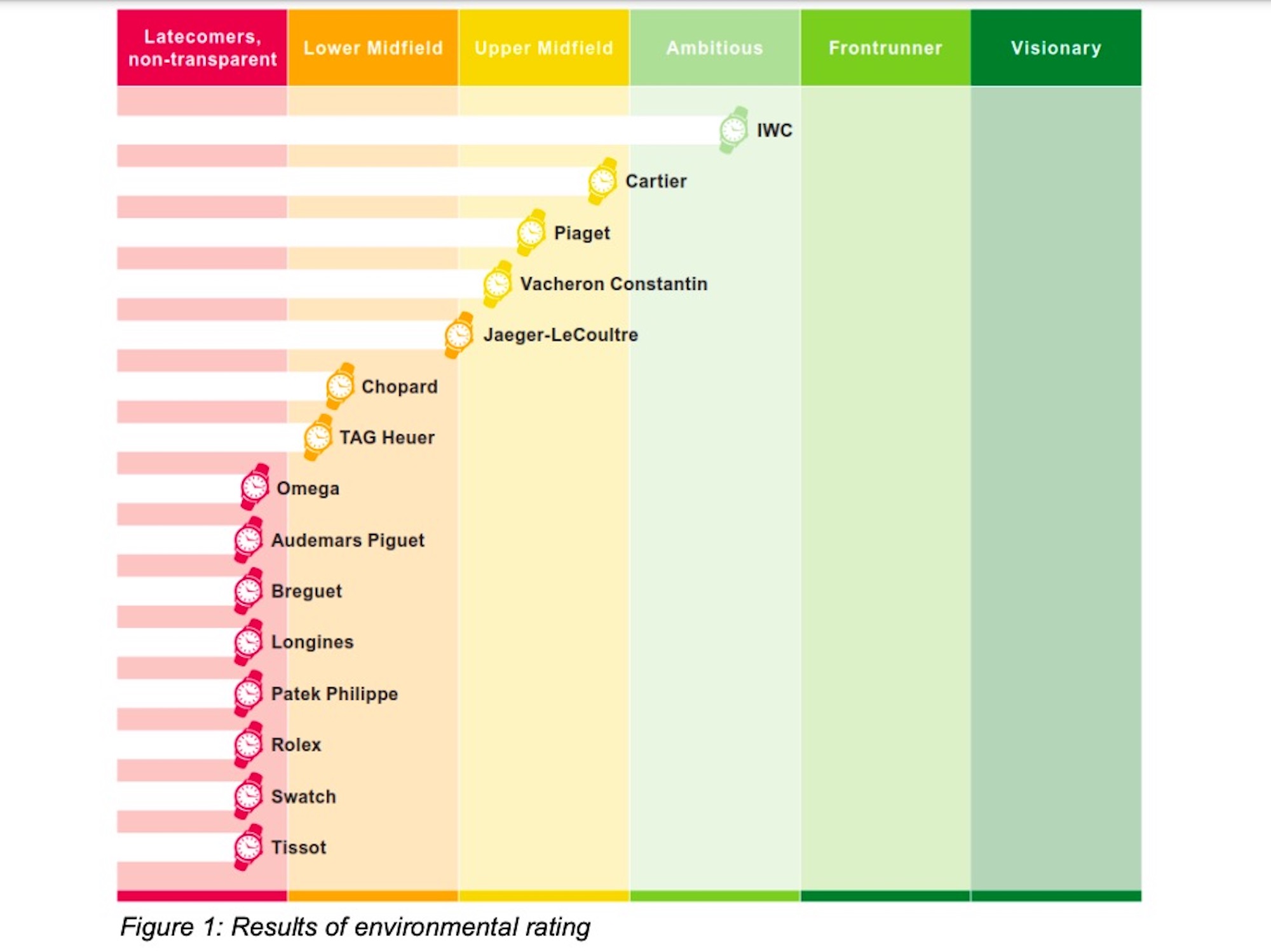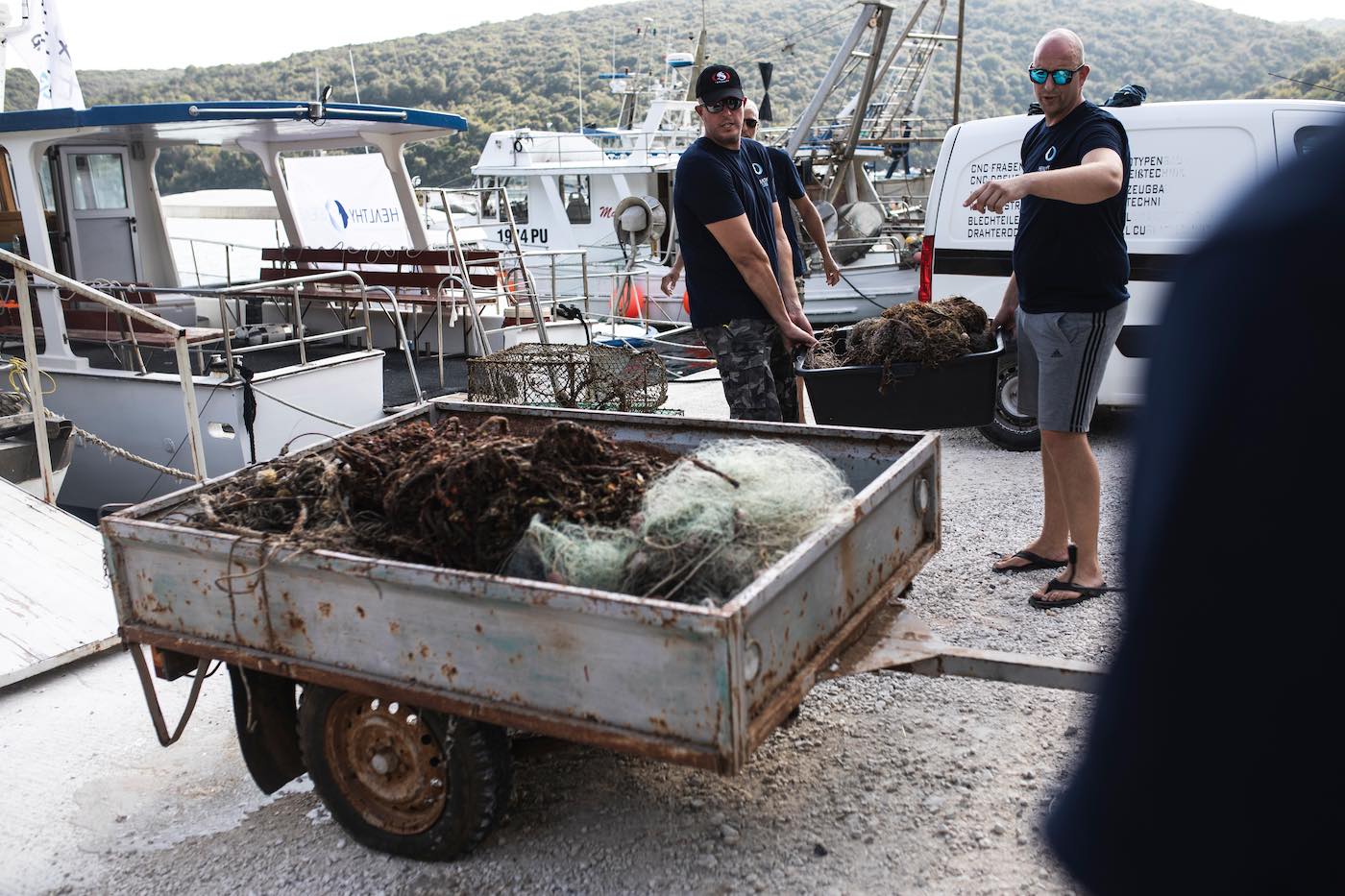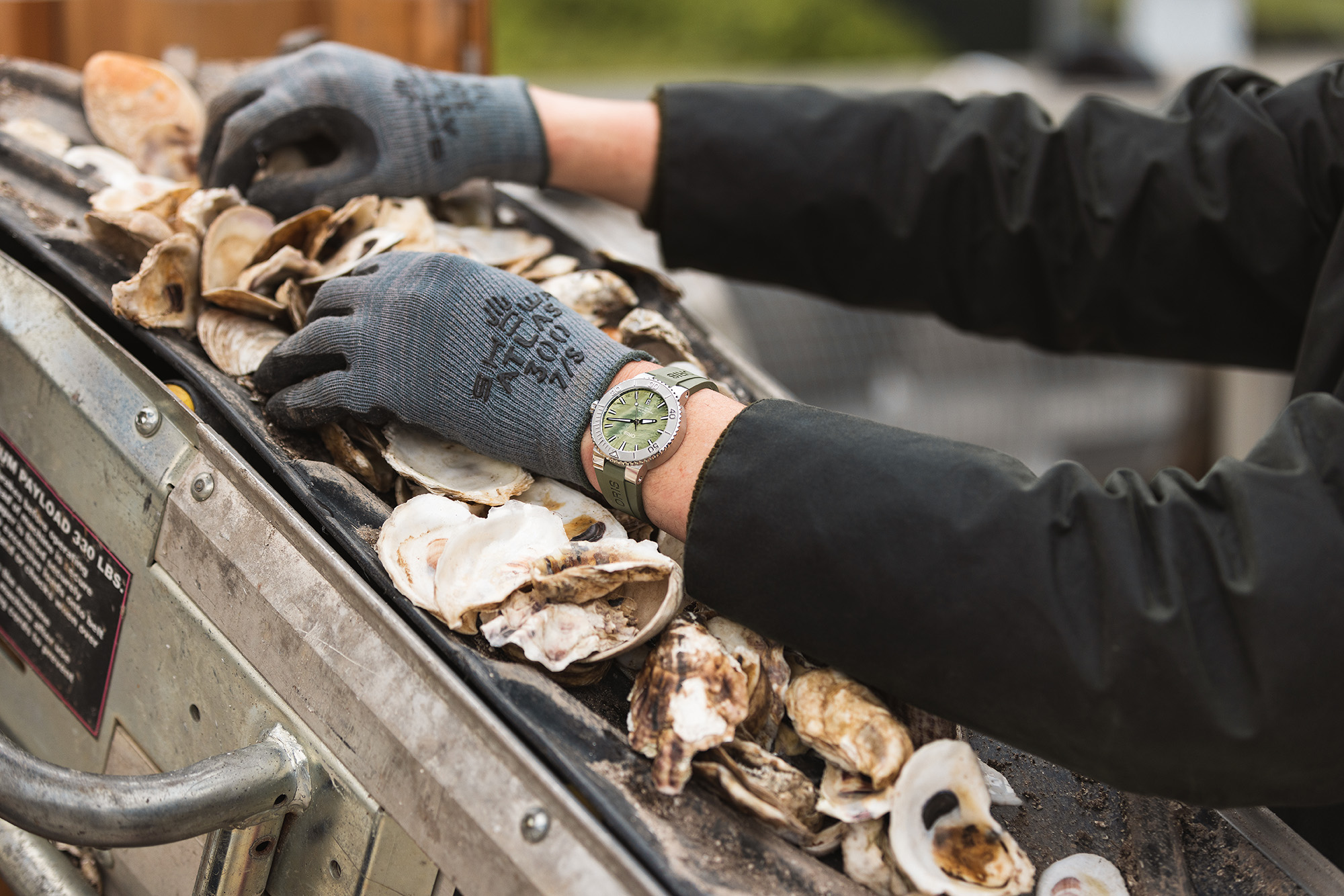
In a word: Yes. It’s not an exaggeration to say that the greater luxury watch industry has shown few public signs of commitment to sustainability in the way it operates or manufactures and maintains its products, nor in the way it seeks external verification of its sustainability efforts. Today’s Grinding Gears column will be a call to action — not to the brands, but to consumers — since where demand goes, the brands will follow. However, before we get to that, let’s familiarize ourselves with the matter at hand.
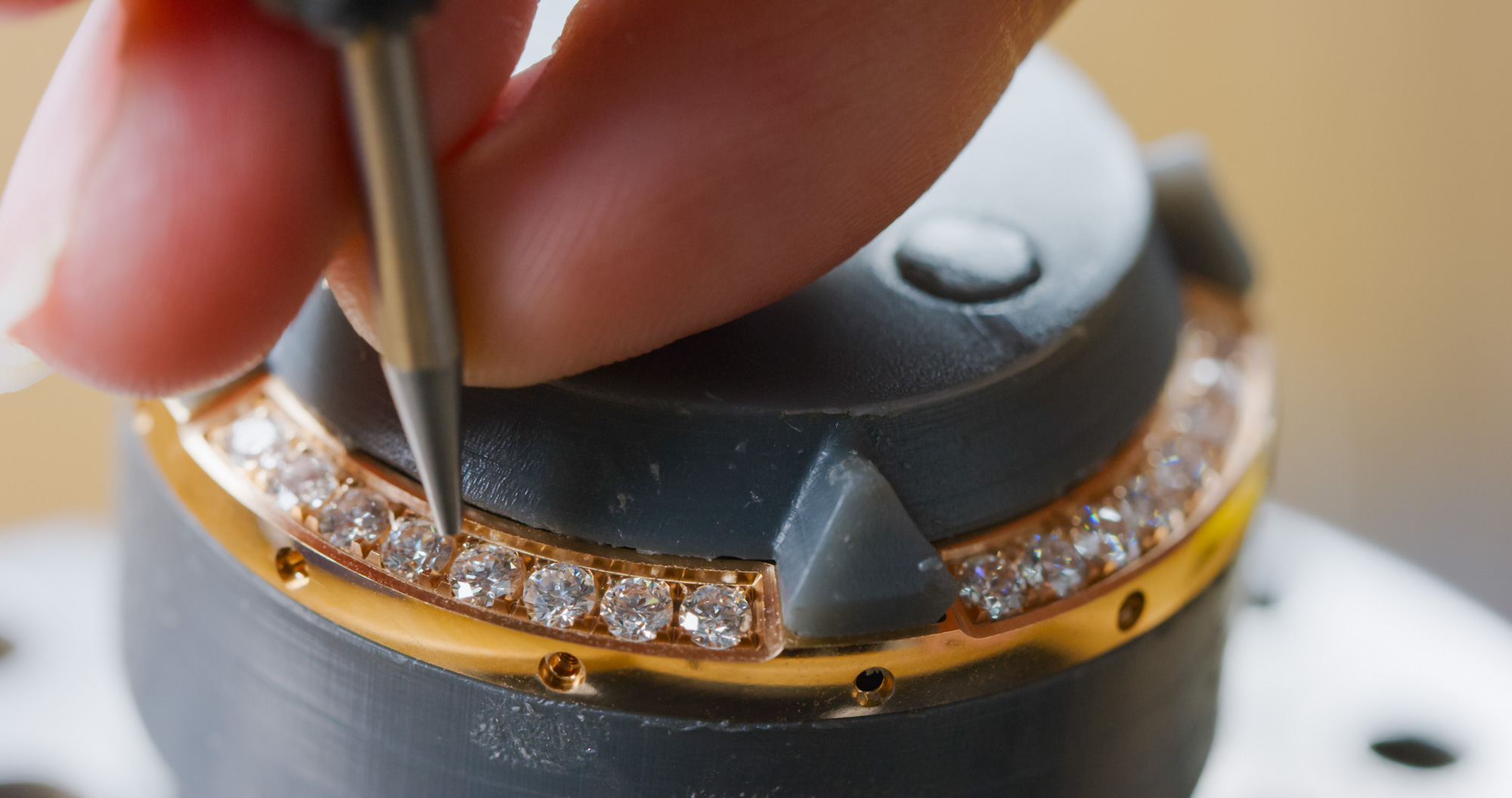
Sustainability, i.e., efforts made to preserve the direct and indirect environment through minimized impact and to eliminate human rights risks across all fields of operation, is arguably not the most attractive topic ever to be attached to one’s beloved hobby. Being a die-hard, lifelong car enthusiast, I feel safe in saying, I know what it feels like when an industry close to one’s heart is tasked with carrying the burden of sustainability — and perhaps do so even when other larger and more heavily polluting industries still get a pass, for one reason or another. No matter how complex, delicate, or technically impressive, luxury timepieces should not get a pass, either.
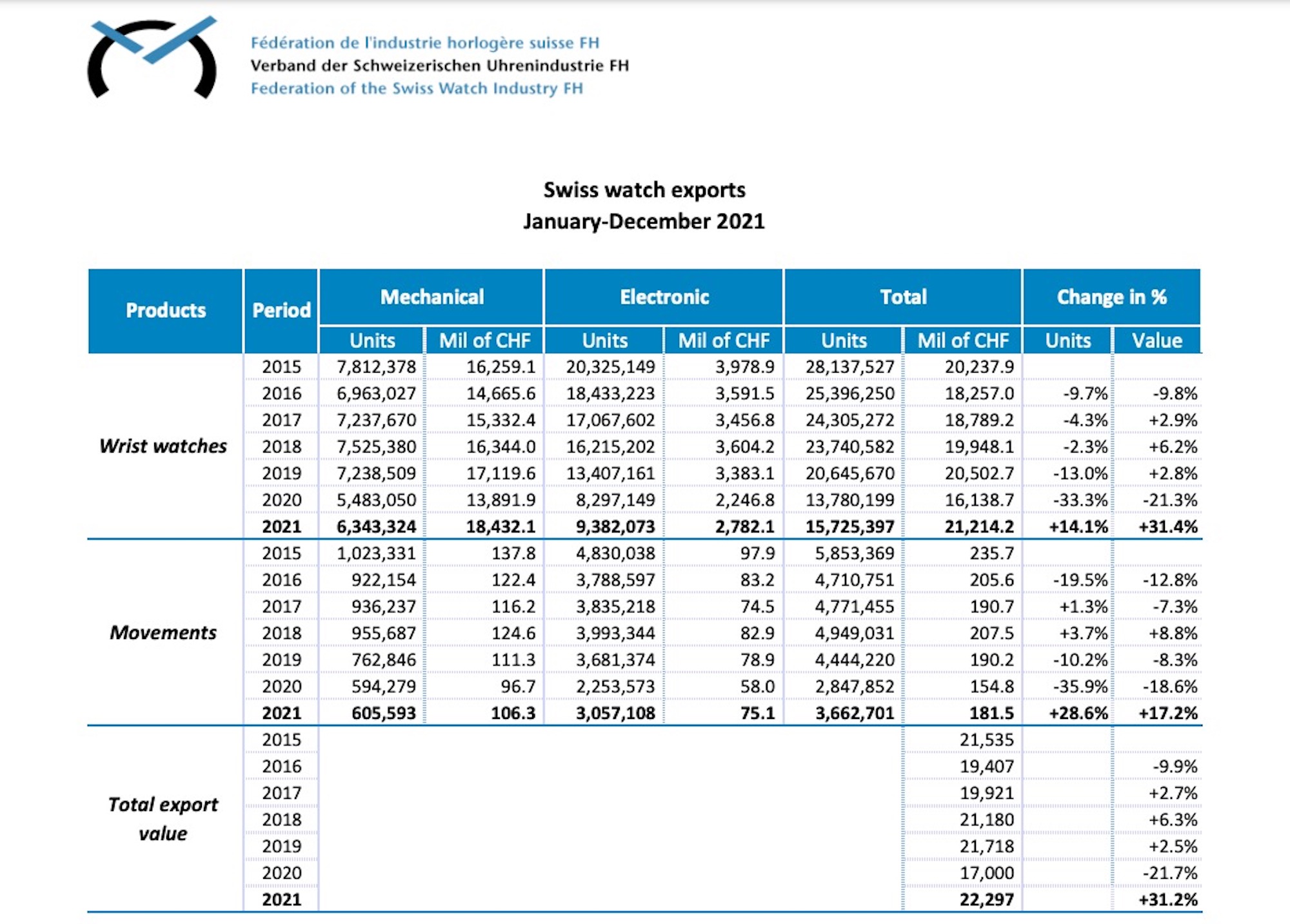
Watches are tiny, lightweight objects that are intended to be used for up to several decades with little maintenance, so it’s not unreasonable to think that their environmental impact is rather small. That said, over the seven years between 2015 and 2021, the Swiss watch industry exported a total of 155.728 million wristwatches and 31.236 million movements, mechanical and electronic (source: Federation of the Swiss Watch Industry FH). To produce that many cases, plates, wheels, dials, and sapphire crystals clearly required an incredible amount of raw materials, while billions of components had to be exposed to various electro-chemical treatments whose residues can be extremely harmful to the environment, and literally tons of straps had to be crafted either from animal skin or plastic.
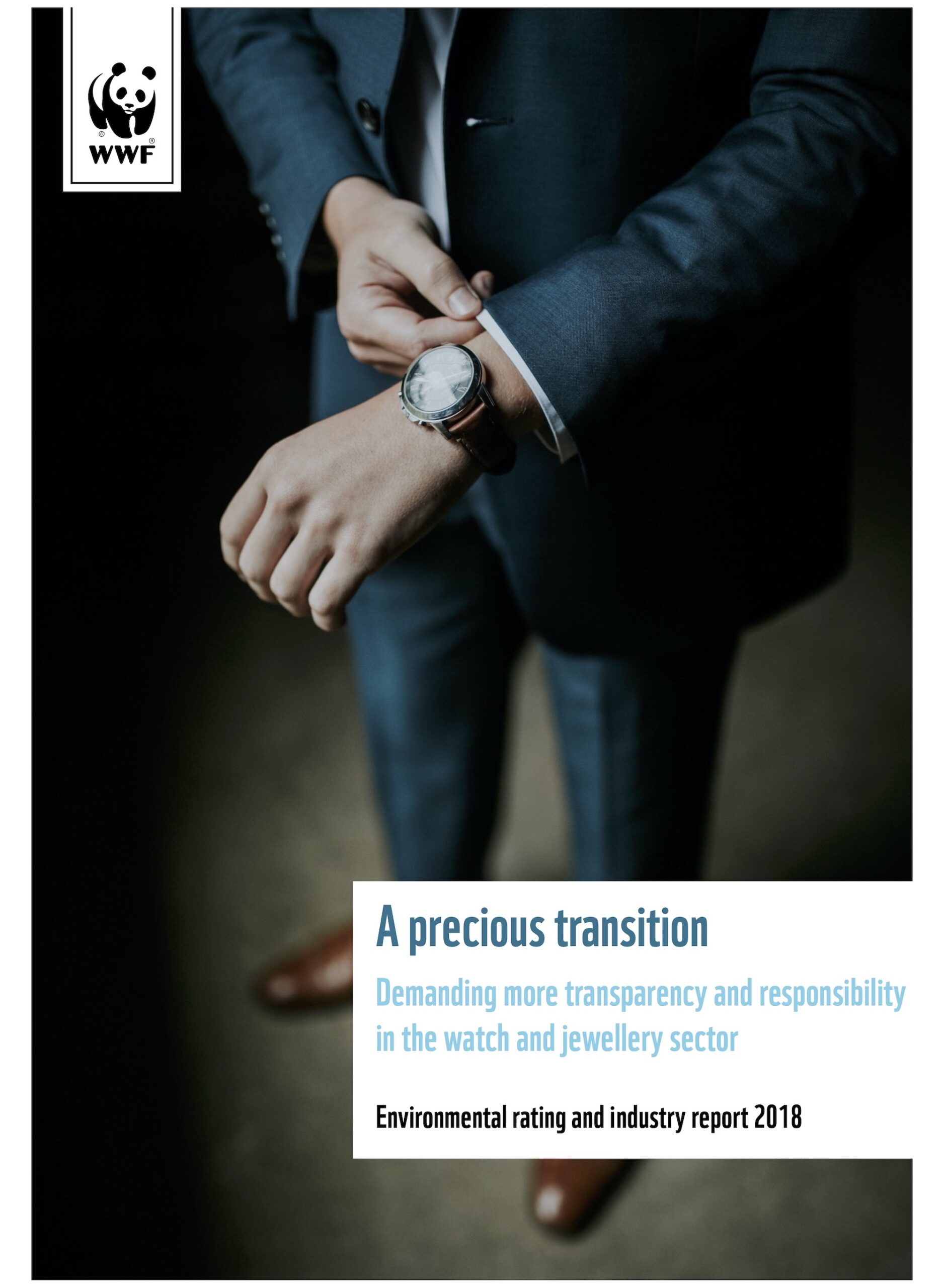
According to a 2018 WWF report (PDF) on sustainability in the luxury watch industry, “The ecological and social impact of the watch and jewelry industry is bigger than might be apparent at first glance, mainly through its sourcing of raw materials. The demand for vast amounts of precious raw materials and the lack of transparency among most companies are of great concern. The sourcing of raw materials, such as gold, is accountable for large environmental footprints, including the pollution of air and water, soil degradation, landmass movements, and deforestation.
Enormous inputs of toxic substances and land transformation are responsible for the fragmentation and destruction of ecosystems and have immense negative effects on freshwater, forests, and wildlife.
Increasing transparency and more ambitious sustainability approaches need to be higher on the priority list of companies in the watch and jewelry sector.”
The [watch and jewelry] industry uses over 50% of annual gold production (>2’000t), for instance, and in most cases, the companies are not able to demonstrate where their raw materials come from and that they were not responsible for dramatic environmental degradation and human rights violations.
We invite you to Google any of the brands listed as “Latecomers, non-transparent” by the WWF in late 2018 and judge for yourself how much they have improved over the last 4 years. Some have put together decent presentations of the professional personnel they have hired to help them improve, while others continue to not appear to disclose any sustainability efforts with regard to their manufacturing and operation. Rolex apparently supports a larger variety of projects led by explorers and researchers dedicated to preserving specific locations or species. This is done mainly through the Rolex Awards for Enterprise program. That said, Rolex does not appear to make claims with regard to where the substantial amount of gold, steel, and diamonds it uses to make its precious watches originate from, nor how these sources are verified to be sustainable and conflict-free. In the beginning, we mentioned that brands will follow the customer’s behavior, and that is true — but it is also fair to say that a lot of companies, by their own admission, play “follow the leader.” And the leader they follow, one way or another, is Rolex. Therefore, Rolex, and its owner, the Hans Wilsdorf Foundation, a charitable trust, might have to reach more deeply into its pocket and once again lead the way in the watch industry — this time in a new field it is yet to explore publicly: sustainable sourcing and manufacturing.
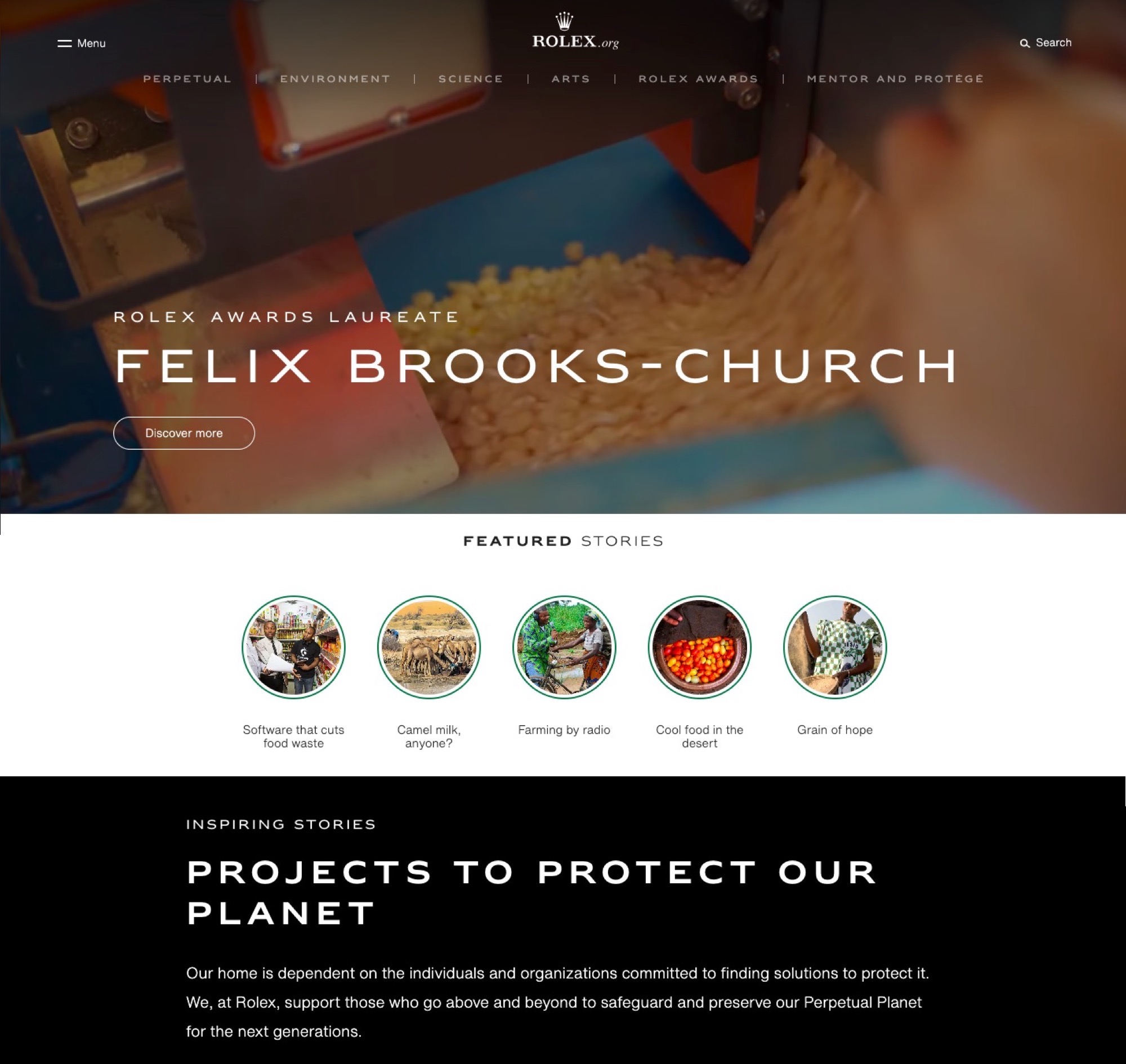
The Rolex.org website provides a comprehensive look into the Rolex Awards Laureate programs — but hardly anything about the company’s sourcing and manufacturing.
For 2021, the Swatch Group has published its first-ever Sustainability report (PDF). What used to be a small section in its Annual Report, in this 93-page document the Group says: “Each year, Swatch Group uses a few tens of thousands of metric tons of raw materials, such as steel, brass, gold, plastics, leather, diamonds, and the materials used for packaging. The individual companies are responsible for recording and optimizing the materials that are used. A detailed, group-wide data collection system for the materials used is currently in development. In 2021, paper consumption totaled 717 metric tons.” Perhaps rounding things to the nearest ten-thousand metric ton would be a good start to greater transparency. To its credit, Swatch Group says the proportion of recycled input materials in steel is around 70% (official data from steel suppliers) and in gold is around 80% (data from company foundry and gold bookkeeping).
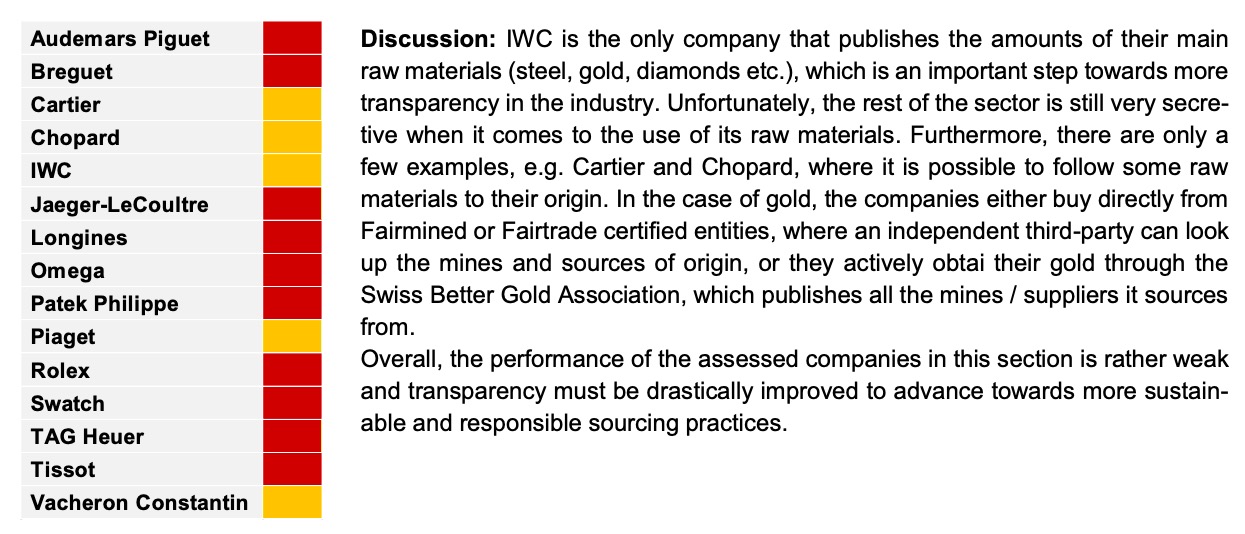
The state of the industry in 2018 — to their credit, some of these companies have taken steps to improve. Source: WWF Watch and Jewellery Report 2018
Secrecy Should No Longer Be A Strong Argument
The Swiss luxury watch industry, much like its homeland itself, has for long stood up for its famous secrecy: As opposed to defending it, they owned it and, in fact, advertised this trait globally. As is clearly visible from their current approach to (not) communicating about sustainability on their websites or social media channels, a considerable portion of Swiss watchmakers continue to choose secrecy over even the smallest step toward any form of transparency.
“We don’t want to give out our suppliers for fear of losing them to the competition” is perhaps the most common reason brands provide as to why they continue to hold their cards so close to their chest. To be fair, their worries are not unsubstantiated: Major luxury groups such as LVMH and Richemont have been buying out all sorts of specialized suppliers inside and outside of Switzerland to secure the continued flow of essential parts amidst globally rising demand for their products.
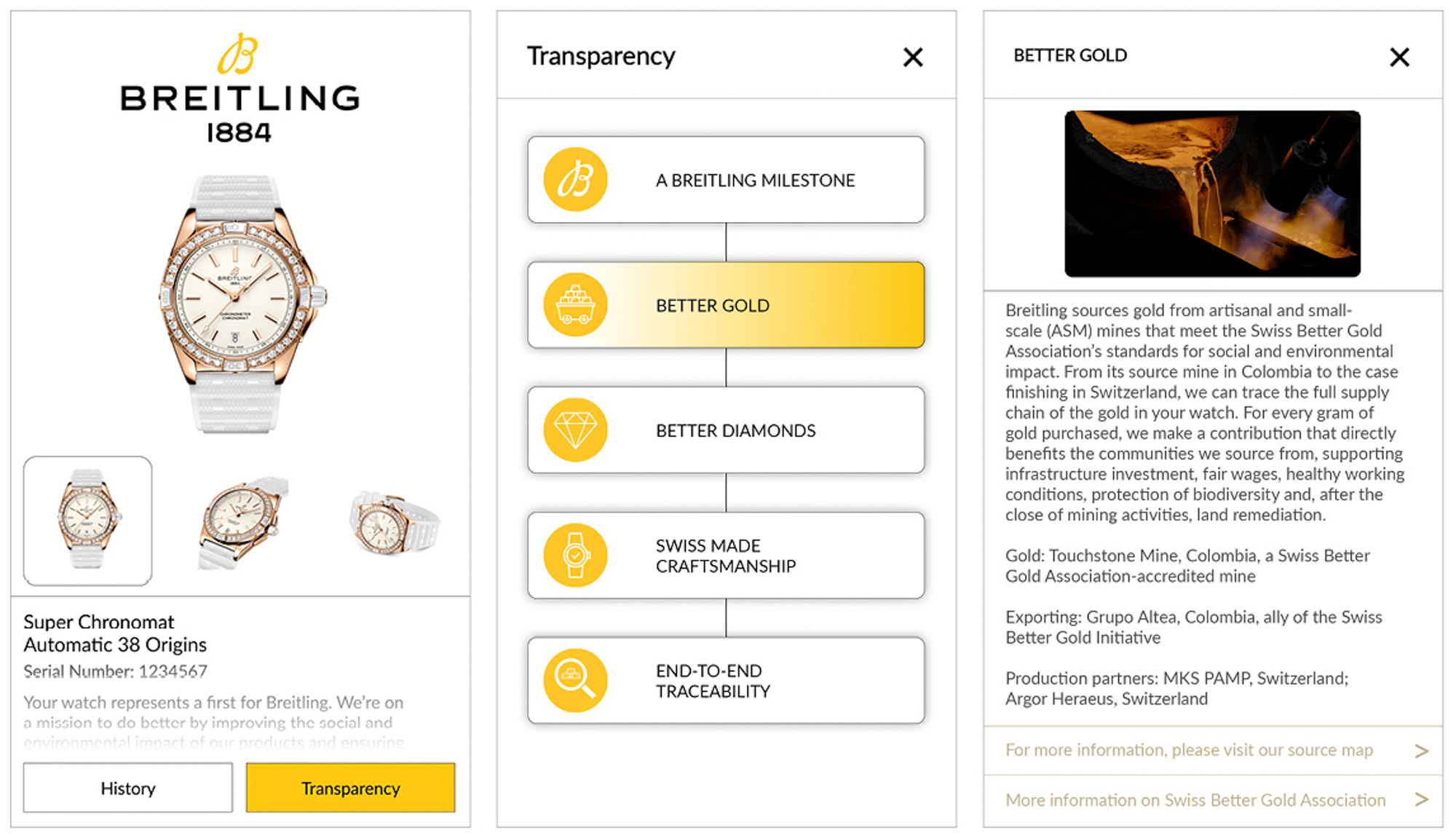
Example of traceability: Sources of gold and diamonds specific to the watch are shared in an app. Source: Breitling
But it could be argued that the race for unsustainable suppliers should not even exist in the first place. Once exposed, a great many of these currently treasured suppliers and raw material sources might put a lasting stain on the reputation of major luxury brands or entire groups, even. Damaging the environment, failing to provide meaningful support to local communities, and rehabilitation of the land once the extraction of materials has come to an end could and arguably should damage the reputation of those who helped facilitate these practices in pursuit of lower prices or higher margins.

What Can We Do As Luxury Watch Consumers?
Have your voice heard — and it’s not as difficult as it might first appear. A complex issue that has been unfolding behind the scenes across almost all brands and groups is the centralization of watch distribution systems. From brands opening up to over 100 new mono-brands to directly operated boutiques to fully taking over established regional distributors, this process has been a quiet, albeit defining, one in recent years. From discussions with leading brands, we learned that this has also allowed them to have a much more direct connection with the end consumer — the one who not so long ago would inquire and purchase at a multi-brand boutique. These are incentivized to make a sale and to establish a good relationship with the customer not as a brand, but as the place to buy multiple watches. Watch brand-specific feedback would rarely make its way back to the Swiss headquarters from these points of sale.
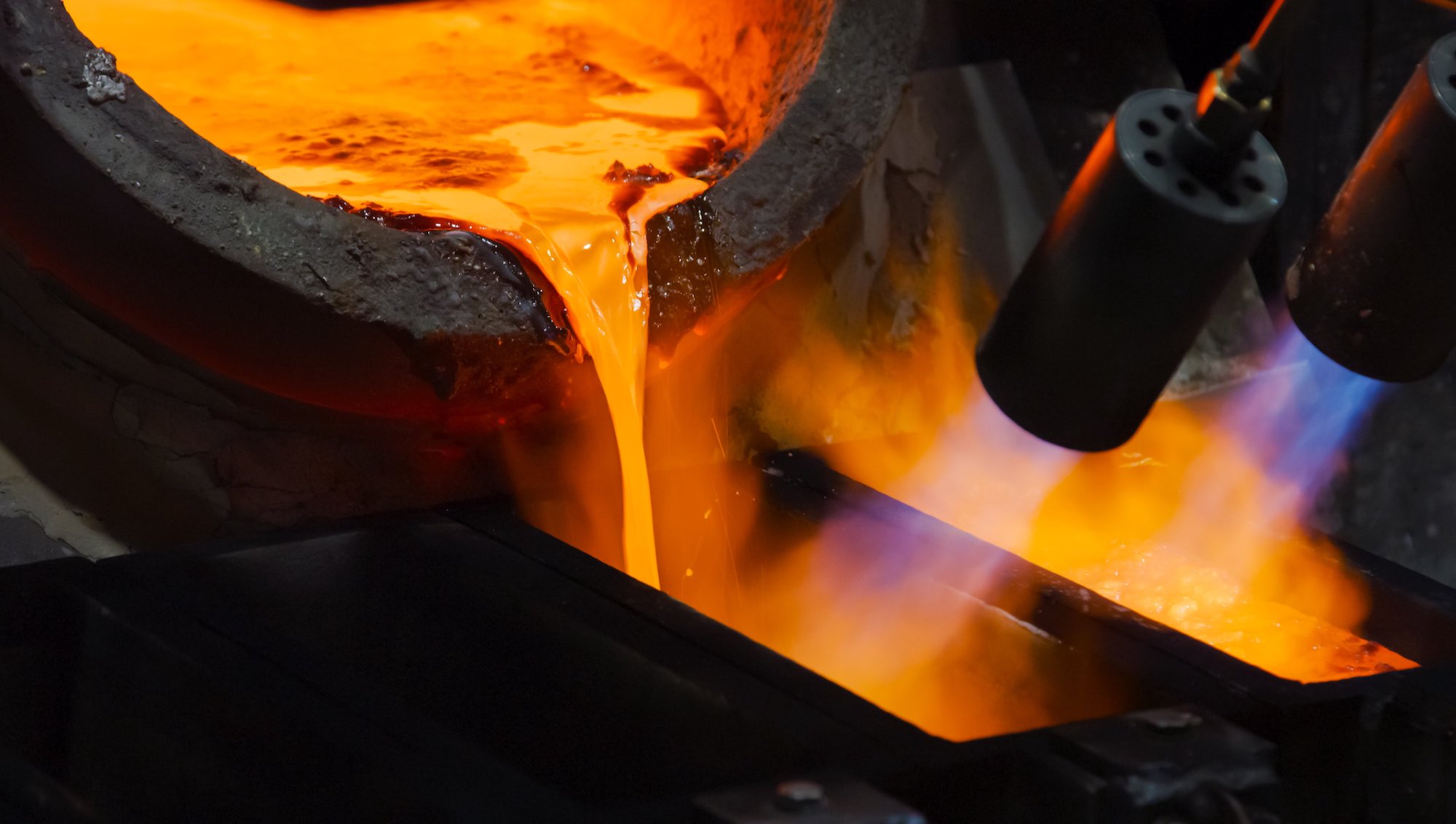
Numerous brands operate their own foundry — the origins of the gold they use is often veiled in mystery.
By contrast, feedback left by customers at mono-brand boutiques — again, often directly operated by the brand whose name is above the door — is expected to be passed on to the brand. So, if you care about the environmental impact of your next watch purchase, don’t be shy to ask the sales staff about what they can tell you about the sustainability efforts of the luxury brand they represent. There’s a solid chance an uptick in such inquiries will be recognized and consequently passed on to the decision-makers — who, mind you, might be stirring their Rainforest Alliance Certified cup of coffee with a bio-degradable spoon, sitting inside a carbon-neutral office heated with geothermal energy. If the powers to be sense that sustainability and traceability are of paramount importance, a dealbreaker, if you like, sustainability reports will continue to spring from small sections in annual reports into proper, insightful documents — hopefully, filled with more than just pretty pictures and lofty promises.
Conclusion
The luxury watch industry has been lagging behind others when it comes to sustainability and traceability — which means it has others, such as luxury fashion and automotive industries, to look at for guidance. They, too, would give an arm and a leg for absolute secrecy or to increase their margins by a fraction of a percentile. The goal of this Grinding Gears column is not to list all the brands and their various efforts, or lack thereof, but rather to bring to the spotlight the pressing issue of underwhelming communication efforts when it comes to transparency and sustainability, and to minimize environmental impacts and the risks of human rights abuses at those very places where the raw materials, beautifully polished and assembled in Switzerland, come from.
If we may be so bold to ask: Keep your eyes open and, if you haven’t already, try to learn about the environmental impact of your next watch purchase. There’s no reason why it couldn’t be at least a little friendlier to the people who helped make it and to the environment whose materials it is sourced from.

